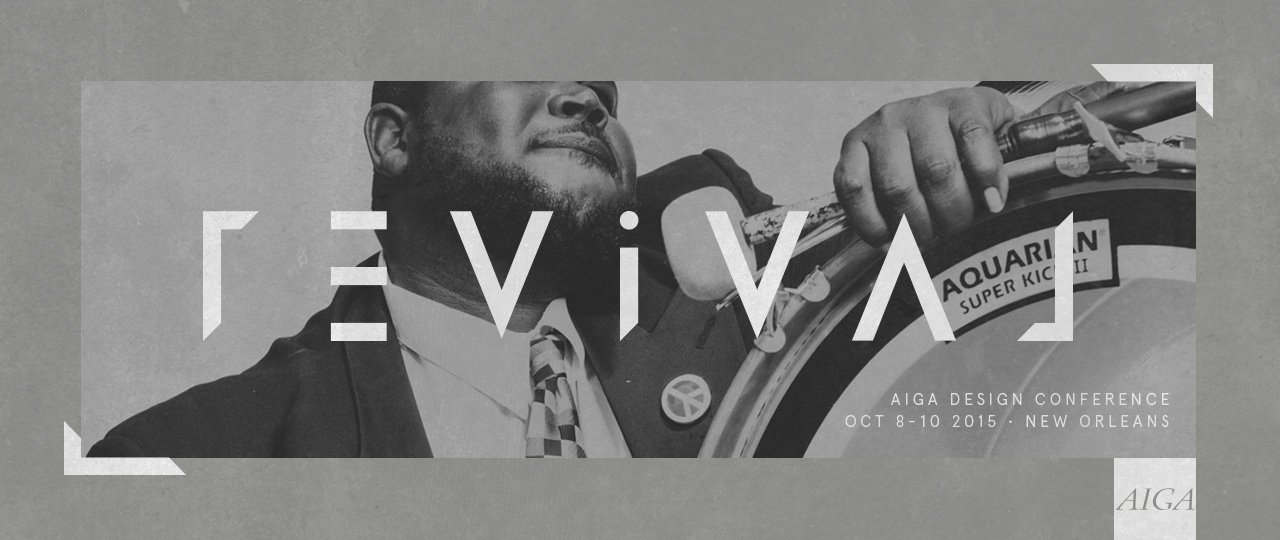Projected solution with impact:
Audio commentary and direction for installations.
Audio commentary will provide more information on work and place them in context to the artist, period, and or related works
Commentary will also increase accessibility to sight impaired users.
The goal:
Return to previous years’ attendance while drawing and retaining the new generation of museum-goers, while increasing accessibility.
Problem:
While attendance is strong, Museums are experiencing an attendance shift in the past 5 years. The expectations of attendees is shifting and they want more from the exhibits and how they experience them. To secure a strong attendance going into the future as they experience generational shift in attendance in past 5 years.
Research Questions:
5 Interviews across the ideal age group
(25 - 40).
What motivated them to go to the museum
Expectations of museums and events
What would improve the experience for them
Do they keep track of collections and artist tours
Do they like sharing in this experience or is it a solo experience
What was it like sharing this experience
Previous experience with museums negative and positive
(colors represent different interviewees)
Ideal Journey Map
(mock up of ideal user journey having a positive experience)
Pain points
Segmented to the findings to find primary pain points among the interviewees.
Users generally enjoyed their experience but wanted more from the information presented for different reasons.
Small plaques have limited space for information
Ability to use the app to navigate the museum and view objects while sight impaired
Paper low fidelity mockup
(colors represent different interviewees)
Version 1
digital low fidelity prototype
Legend
User is unsure or confused
User conflict or severely confused
Successful user interactions
Feedback
Users had trouble finding the feature entirely
Menus and feature feel confusing
Goals
Adjust user flow for feature access
digital low fidelity prototype
Version 2 high fidelity prototype
Moved forward High Fidelity to due to the general success of the second low fidelity version.
User generally understand how to navigate to the feature and how to use it.
Second round testing going into the Hifi version.
Prototype
Actions
Flesh out screens and flow
Added branding and UI elements
Feedback from Users
Feature makes more sense
Would like to see icons on map
Would like to see how sharing would work in actual sync
(needs more work on UI in general)
Goals
Updates “Settings” Menu for UI elements
Updates UI elements
Work on map interactions
Takeaways
Impact:
Increase in the attendance of disabled users, while providing more contextual information asked for from previous attendees
Version 2
Legend
User is unsure or confused
User conflict or severely confused
Successful user interactions
Actions
Moved feature interaction closer to targeted content
Built out menus and screens
Feedback
Pairing device area still feels mildly confusing once encountered
Goals
Update Options in sync and setting menu to be more accessible
What I learned:
Be mindful of how users may interpret interactions and also how I read into feedback given
Locations of an interactions are just as important as the interaction itself
Feature
Users who wanted more contextual information presented an opportunity
create a feature that provided more contextual information
increase the museum’s accessibility and expand the traditional user base
Branding, Social, Illustration, Art Direction, Animation, Video EditingBranding, Social, Illustration, Art Direction, Animation, Video EditingBranding, Social, Illustration, Art Direction, Animation, Video Editing, UXBranding, Art Direction, Production, RetouchingTypography, Retouching, Production, 











